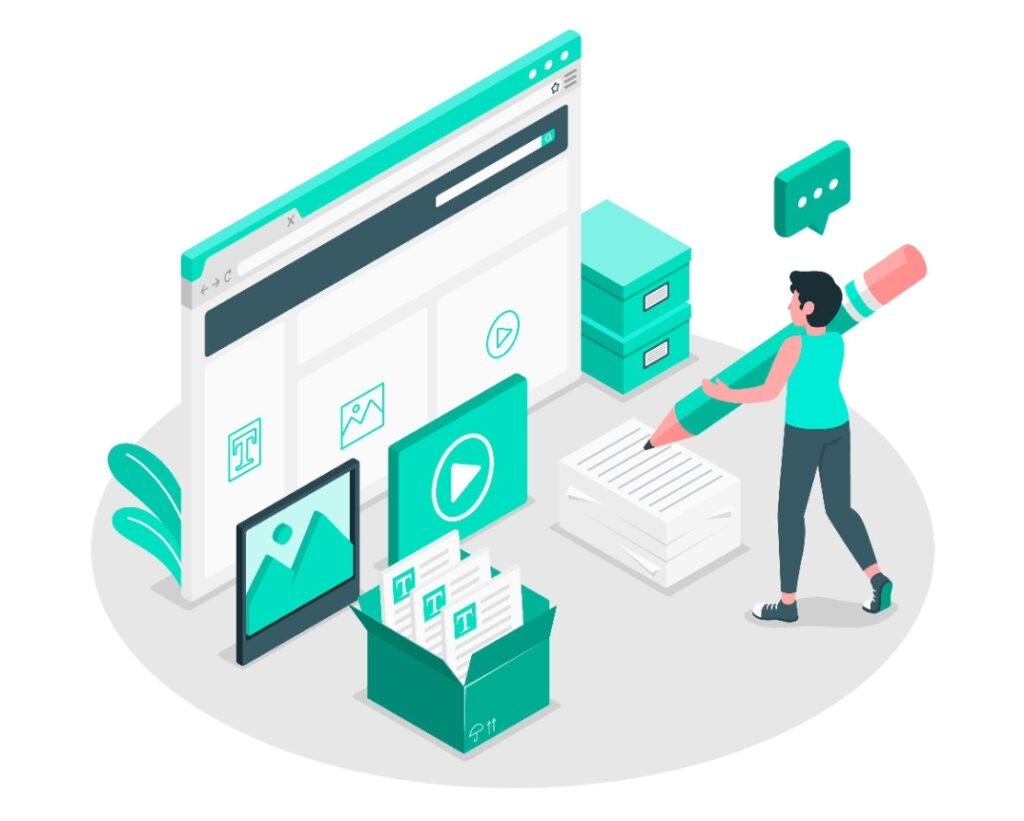
With more streaming options available than ever, and audiences demanding greater relevance in return for their time and money, personalization has shifted from a nice-to-have technical feature to a strategic imperative. For OTT decision makers across content, product, marketing, or monetization teams—the ability to tailor the viewer experience directly affects engagement, retention, and growth.
This article explores how smart personalization links audience behavior to real business outcomes. It covers how personalization works, why it matters across various revenue models, and how decision-makers can think about it as part of a scalable growth strategy.
Why Personalization Has Become Essential
OTT services operate in an environment of constant competition for content rights, for presence on every user screen, and above all, for audience attention. Users often juggle multiple subscriptions and quickly leave services that don’t feel relevant or easy to use.
The stakes are clear: platforms that can predict what a viewer might enjoy next see longer session times, higher satisfaction, and more frequent engagement. On the other hand, if the experience feels generic or hard to browse, audiences leave.
Consider how major VOD platforms structure their home screens. Personalized rows like “Recommended for You” or “Because You Watched…” are built on algorithms analyzing behavior patterns across millions of data points. Increasingly, smaller and regional OTT services are turning to similar strategies to improve retention and compete effectively.
Implementing Personalization in Practice
From a strategic standpoint, personalization doesn’t require reinventing the platform from scratch. Most modern white label OTT ecosystems support some form of modular middleware that can connect viewing behavior data with the presentation layer. This architecture allows operators to:
- Feed audience insights into recommendation engines
- Automatically adjust UI layouts based on preferences.
- Connect CRM or marketing tools for behavior-triggered messaging.
- Share analytics with editorial or content teams to support decision-making.
What Personalization Involves
At its core, smart personalization means using data to tailor the content and interface each user sees. This can take several forms:
1. Content Recommendations
By analyzing a user’s viewing history—such as preferred genres, time spent watching, completion rates, and past ratings—services can suggest content more likely to appeal to that individual for comfort on their side and higher engagement for the operator.
For example, a viewer who frequently watches political documentaries might be offered new titles in that category as soon as they launch. Meanwhile, another viewer with a preference for sitcoms would see entirely different suggestions.
2. Personalized User Interface
Tailoring homepage layouts, remembering subtitle preferences, adapting content categories to reflect user interest, or even presenting language and region-specific options automatically.
Even small tweaks—like rearranging rows based on viewing behavior—can make the service feel more responsive and easier to use. This kind of UX personalization is particularly helpful for families or households with multiple users, where individualized profiles and watchlists keep experiences separate and relevant.
3. Behavior-Based Engagement
Platforms can use behavioral data to guide messaging and re-engagement strategies. For example, if a viewer consistently drops off before completing a movie, the platform might send a follow-up notification or suggest shorter content formats. If a user shows signs of inactivity, it could trigger a personalized email highlighting new releases in their favorite category.
These automated touchpoints help extend the life of a user relationship, often at very low cost across any platform.
Personalization’s Business Benefits
While the technical side of personalization can be complex, the business outcomes are straightforward. When done well, personalization contributes to several measurable goals:
- Retention improvement: When users consistently find something they want to watch, they’re more likely to return. Smart recommendations help build engagement and loyalty, which in turn reduce churn.
- Greater content ROI: Personalization helps match lesser-known or niche content with the right audiences. This improves overall content utilization and helps validate investment in specific titles or genres.
- Higher revenue per user: Retaining users longer means a higher lifetime value per subscriber. Personalization can also drive upsells, such as premium tiers or bundles, by surfacing relevant offerings at the right time.
- Advertising effectiveness: For ad-supported models, knowing viewer interests enables more precise ad targeting. Platforms can adjust ad frequency, format, or placement to match user tolerance, reducing drop-offs while maintaining ad revenue.
Final Thoughts
Personalization is an investment in relevance and sustainability. It supports long-term growth by strengthening user relationships, improving the use of content libraries, and making better use of each moment a viewer spends on the platform.
The takeaway is simple: OTT platforms that prioritize personalization are better positioned to retain audiences, grow revenue, and adapt to changing viewer expectations, no matter the business model.